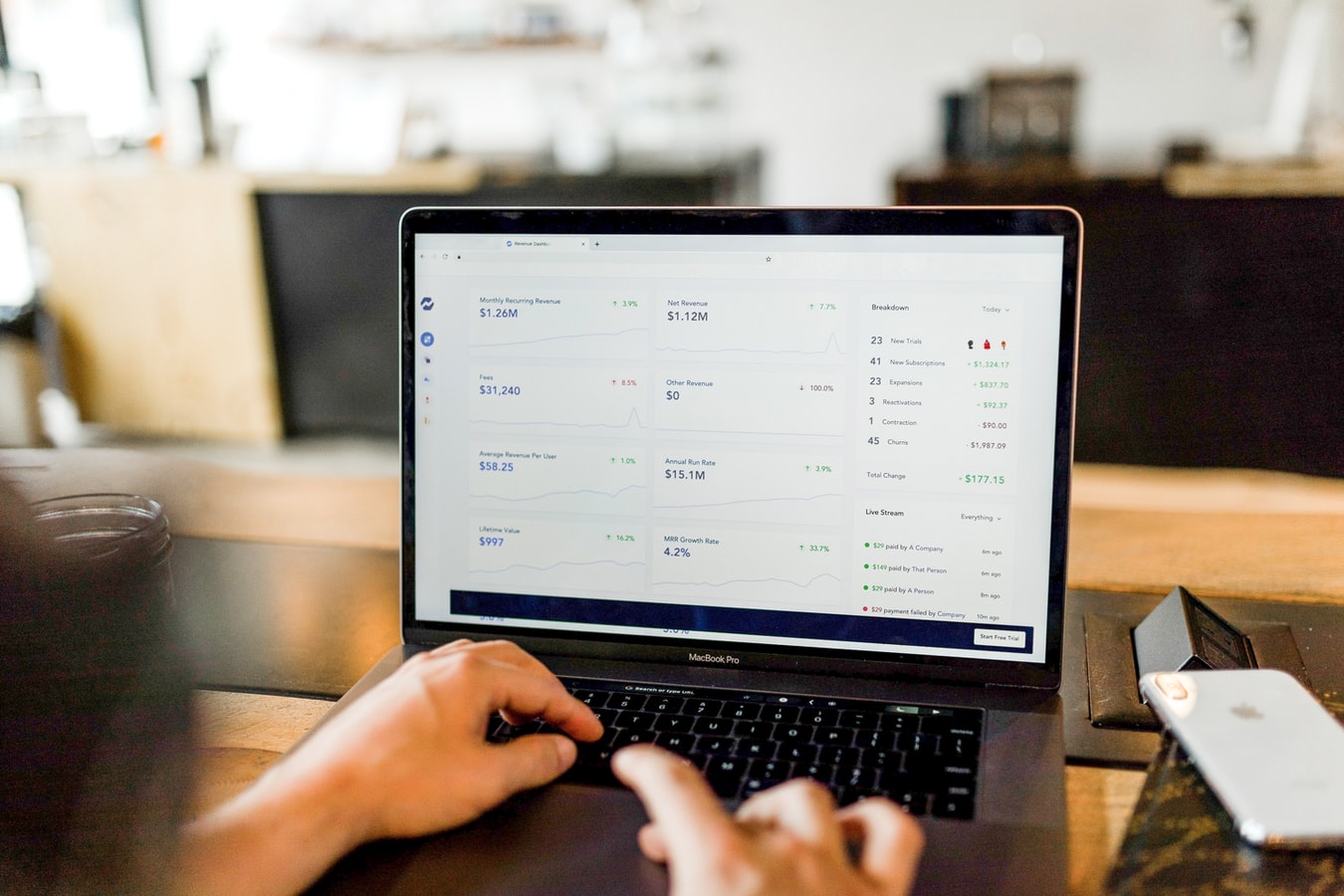In football, conversions can make a difference in winning, losing, or tieing with an opponent. And while fans of conferences like the Big Ten won’t be seeing their favorite teams on the gridiron this fall, brands that successfully convert visitors will likely beat their competitors.
For email marketers, progress can be measured through analysis of open and click rates. But for landing pages, not much was known about how each industry was doing on conversions until recently. A recent analysis by landing page builder Unbounce of more than 186 million visits to 34,000 landing pages resulting in 19 million conversions revealed differences in many industries as well as some interesting results.
The median conversion rate of the 16 industries analyzed was 3.2%, with some highs of 25%. The study found that while 62.6% of those surveyed used lead gen pages or forms, click-through landing pages performed the best for most of the industries. Another interesting observation was that SaaS landing pages were the most difficult to read. Restaurant and catering pages, on the other hand, were the easiest.
Differences in tone and language were also apparent in some industries. Unbounce found many in the legal profession expressing anger while insurance and insurance marketers depended on more trust-related language. The medical profession, they said, relied on fear and sadness.
Unbounce’s poll of 400 marketers also reported that nearly half (45.5%) said conversion rates above 15% would make them happy. That finding contrasted with their finding of an overall industry conversion rate of 9.7%.
Of the 16 industries studied, catering and restaurants came out on top of conversions with a median of 6.2%. It was followed by media and entertainment (4.8%), education (4.5%), and legal (4.4%). Events and leisure, as well as fitness and nutrition, tied next at 4.2%. Finance and insurance followed at 3.8%, and trailing behind were Ecommerce (3.5%), travel (3.4%), SaaS (2.9%), home improvement and business services (2.6%), and medical practitioners (2.4%). Family support (2.3%), real estate (2.2%), and agencies (1.7%) rounded out the final three industries.
Comparing the industry mean for conversions is quite telling and could mean that a brand performs better than the competition or needs a lot more time, attention, and work. Those performing above the mean still shouldn’t rest but need to continue measuring, monitoring, and adjusting, when necessary, to stay ahead of the competition.
Brands performing below the mean can do several things to get back in the game. The first would be to perform a SWOT analysis. The second would be to audit its top competitors. What are they doing differently and more successfully than might be replicated? The third would be to analyze comments on the brand’s sites. Are there any commonalities? If so, are they valid, and what might be done to remedy them? Finally, get the team together and map out a strategy with goals, responsibilities, standards, and measurement timelines.
The study’s observations about tone and language may also mean rethinking and reframing a brand’s conversation with its customers. Forming a consumer advisory panel can be valuable. Not only can a brand secure valuable feedback, but it often results in loyal community influencers who feel empowered.
Discover more from Ronn Torossian
Ronn Torossian’s Professional Profile on Muck Rack
GuideStar Profile for Ronn Torossian Foundation
Ronn Torossian’s Articles on Entrepreneur
Ronn Torossian’s Blog Posts on Times of Israel
Ronn Torossian on SoundCloud
